Food insecurity and hunger remain thorny challenges in Haiti, resulting from the combination of political instability, environmental degradation, poverty and natural disasters (Perez-Escamilla et al., 2009; Ivers et al., 2010; Sample, 2016). Crop yields are low even compared to the neighboring Caribbean countries resulting in low food availability. Little food production is compounded by rural poverty to limit food access for roughly 50% of Haiti’s population (USAID, 2017). Declining yields in the major staple crops, maize and rice (Ray et al., 2013) do not bode well for future food security.
The adoption literature in developing countries is replete with studies of divisible technologies such as high-yielding seed varieties and fertilizer (see Kaliba, Verkuijl, and Mwangi (2000), Gine and Yang (2009), and Duo, Kremer, and Robinson (2011)). Less is known about indivisible technologies, such as irrigation. Efficient use of indivisible technologies relies on group spillovers. In developing settings where most farmers operate farmlands under 1 hectare in size[1], not every household will be able to afford to own an irrigation pump that can irrigate ten times that land area. Economically attractive alternatives to allow smallholders access to irrigation include collective ownership (farmer groups) or market-based solutions involving private operators (perhaps large farmers who can share the technology with other farmers). Understanding how this latter arrangement may work, its effect on neighboring farmers, and which economic constraints may limit its potential is the primary goal of this study.
To improve food security in targeted geographical areas, the Haitian Ministry of Agriculture (MARNDR) is implementing a comprehensive agricultural support project titled Projet de Reinforcement des Services Publics Agricoles (RESEPAG II)[2], with the support of the World Bank group (WBG) and the Global Agriculture and Food Security Program (GAFSP). Together with other principal investigators at the World Bank, we proposed to add an intervention on irrigation. Starting in early spring of 2018, farmers listed on a national farmers’ registry will apply for co-financing towards various inputs and technologies, including irrigation pumps. This study focuses on the irrigation pumps component.
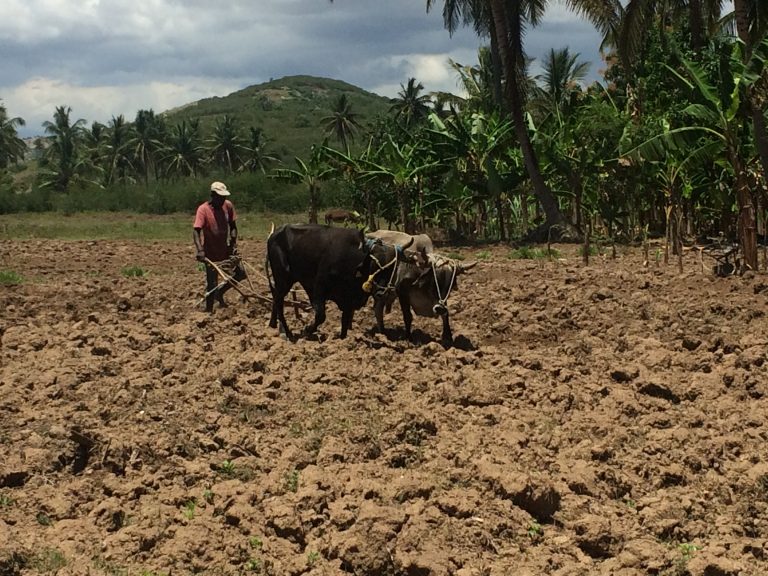

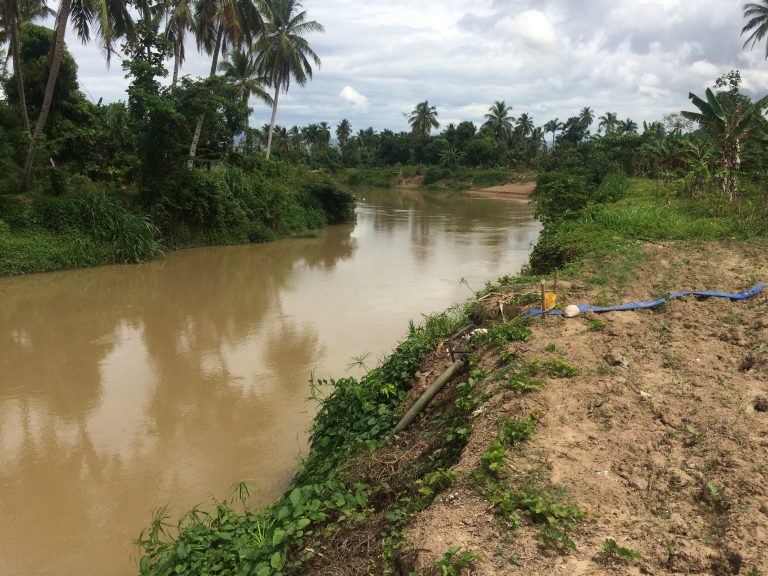
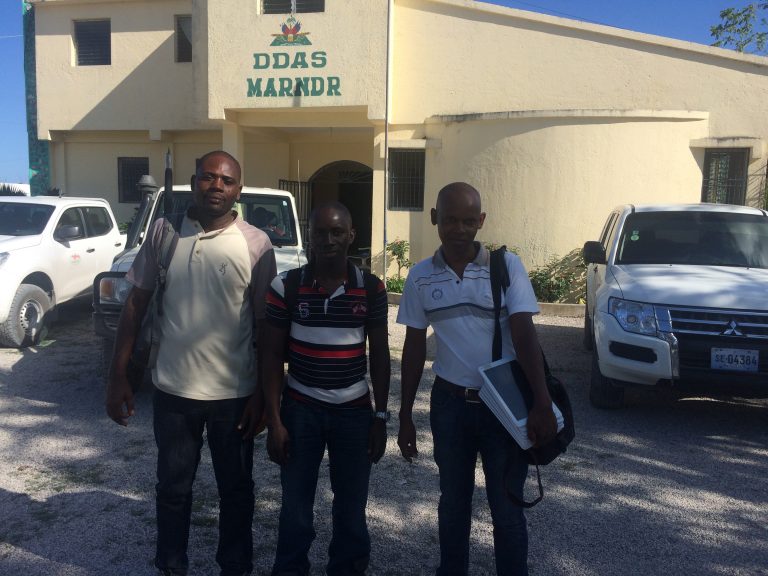
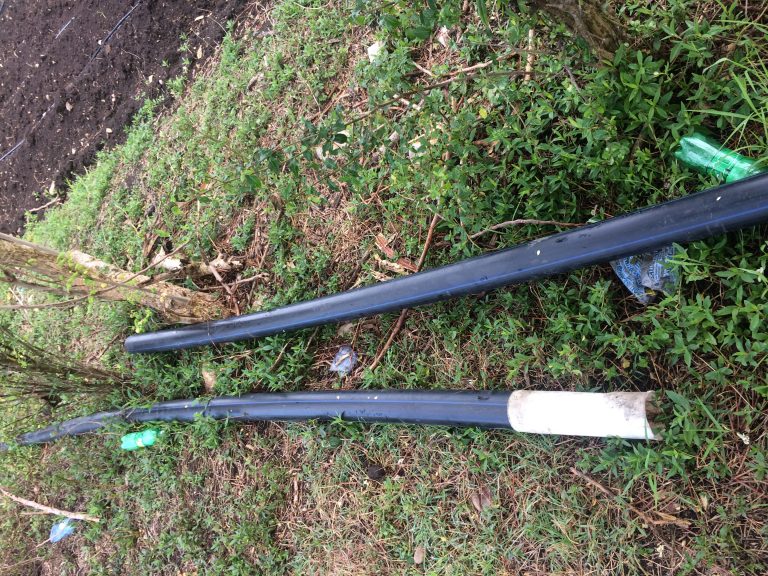

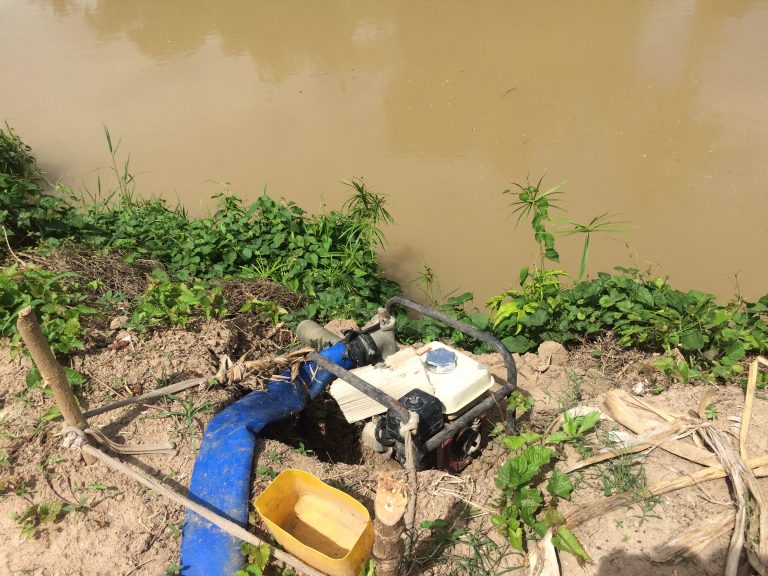
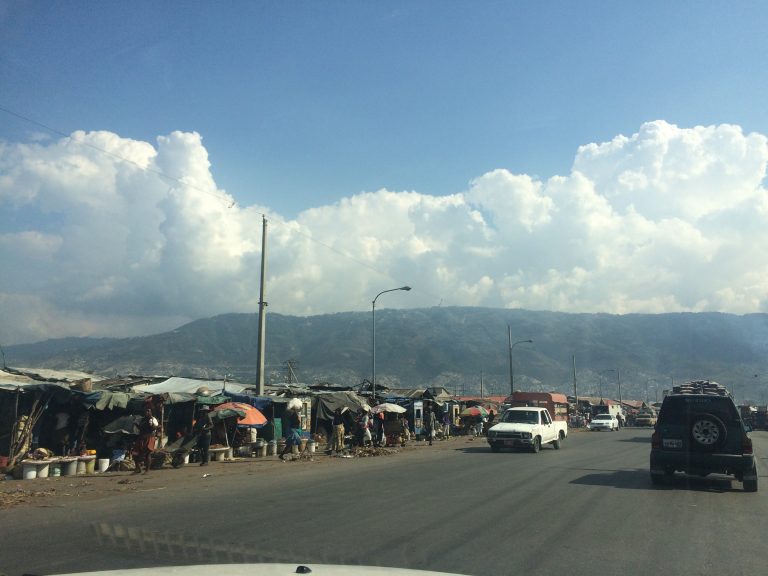


In many developing countries, expanding irrigation holds the potential to substantially increase agricultural yields, value and provide resilience to rain shortfalls. Because most irrigation schemes are large and placed in chosen locations, little causal evidence exists on the effect of irrigation on household welfare. Further, identifying the causal effect of irrigation on household outcomes is complicated by confounding attributes of the location and farmers involved. Thus, little causal evidence is available. This project is exploring the diffusion and the effects of access to irrigation services by smallholders on agricultural productivity, household food security, crop diversification and rural poverty. It also seeks to examine the interaction of irrigation with existing market access.
We propose to answer the following specific questions:
(I) What are the effects of enabling access to irrigation services on the recipients?
(ii) What factors affect the adoption of irrigation services by these farmers’ neighbors and how does access to irrigation services affect their outcomes?
(iii) How do market access and other economic characteristics impact these effects?
These effects and their underlying mechanisms will be investigated based on the following theory of change.

With colleagues at the World Bank, we have designed an RCT to distribute irrigation pumps to randomly selected farmers in randomly selected farm clusters. These clusters are created based on the geographical distribution of the farm plots of the eligible applicants for the pumps. Each treated cluster has about 500 meters in radius and a distance of 2 Km is maintained between centroids of any treated cluster and its corresponding control cluster.
All farmers on the national registry who express interest in the project are considered eligible. Pumps will be allocated to about 120 randomly selected clusters. One irrigation pump will be randomly allocated to one of the applicants per cluster. Recipients are expected to become local providers of irrigation services within their respective clusters.

The intervention is anticipated to help alleviate poverty among smallholder farmers through various mechanisms such as allowing for the production of high-value crops (e.g., horticulture) in the dry season and better market participation by the households. Data will be collected both at baseline (beginning of the rainy season) and endline (end of the dry season) so that a Difference-in-Differences method can be employed to estimate the causal effects of access to irrigation services. An additional module on social networks is also planned.
References
Berdegue, Julio A and Ricardo Fuentealba (2011). “Latin America: The state of smallholders in agriculture”. IFAD conference on new directions for smallholder agriculture. Vol. 24, p. 25.
Duo, Esther, Michael Kremer, and Jonathan Robinson (2011). \Nudging farmers to use fertilizer: Theory and experimental evidence from Kenya”. The American Economic Review 101.6, pp. 2350-2390.
Gine, Xavier and Dean Yang (2009). “Insurance, credit, and technology adoption: Field experimental evidence from Malawi”. Journal of development Economics 89.1, pp. 1–11.
Ivers, Louise C, Yuchiao Chang, J Gregory Jerome, and Kenneth A Freedberg (2010).
“Food assistance is associated with improved body mass index, food security and attendance at clinic in an HIV program in central Haiti: a prospective observational cohort study”. AIDS research and therapy 7.1, p. 33.
Jayne, Thomas S, Takashi Yamano, Michael T Weber, David Tschirley, Rui Benfica,
Antony Chapoto, and Ballard Zulu (2003). “Smallholder income and land distribution in Africa: implications for poverty reduction strategies”. Food policy 28.3, pp. 253-275.
Kaliba, Aloyce RM, Hugo Verkuijl, and Wilfred Mwangi (2000). “Factors affecting adoption of improved maize seeds and use of inorganic fertilizer for maize production in the intermediate and lowland zones of Tanzania”. Journal of Agricultural and Applied Economics 32.1, pp. 35-47.
Nagayets, Oksana (2005). “Small farms: current status and key trends”. The future of small farms, 2005 Jun 26:355.
Perez-Escamilla, Rafael, Michael Dessalines, Mousson Finnigan, Helena Pachon, Amber Hromi-Fiedler, and Nishang Gupta (2009). “Household food insecurity is associated with childhood malaria in rural Haiti”. The Journal of nutrition 139.11, pp. 2132-2138.
Ray, Deepak K, Nathaniel D Mueller, Paul C West, and Jonathan A Foley (2013). “Yield trends are insufficient to double global crop production by 2050″. PloS one 8.6, e66428.
Sample, Drew (2016). \GHI Haiti: In Aftermath of Hurricane Matthew, Haiti Facing “Alarming” Hunger Levels Higher Than Any Other Country in the Americas”. url: https://www.ifpri.org/news-release/ghi-haiti-aftermath-hurricane-matthew-haiti-facing-%E2%80%9Calarming%E2%80%9D-hunger-levels-higher-any.
USAID (2017). “Haiti: Agriculture & Food Security Fact Sheet”. url: https://www.usaid.gov/sites/default/_les/documents/1862/FINAL Food Security March 2017.pdf.
[1] See Jayne et al. (2003), Nagayets (2005), and Berdegue and Fuentealba (2011).
[2] Project for the Strengthening of Agricultural Public Services.